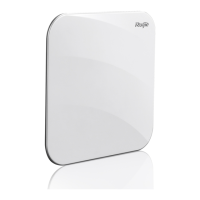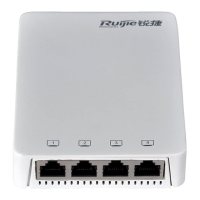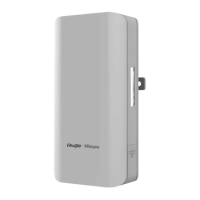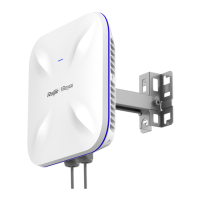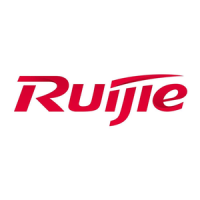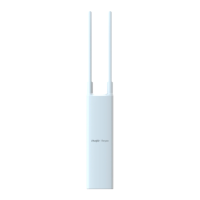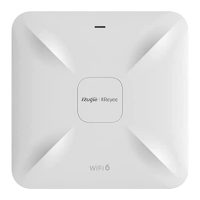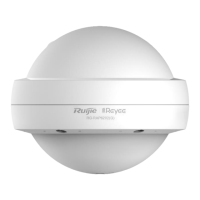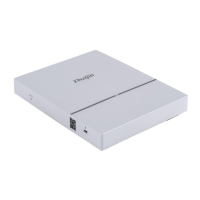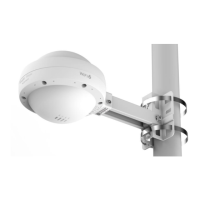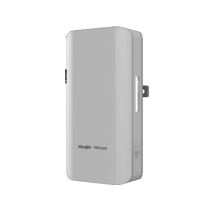Configuration Guide Configuring Band Select
Active Scanning Before the Band Select Function Identifies STA Types
If the Band Select function is enabled for a WLAN, the WLAN may have different responses to active scanning of an STA.
Before STA types are identified:
The AP does not respond to Probe Request frames from the 2.4 GHz band.
The AP responds to Probe Request frames from the 5 GHz band.
After receiving a Probe Request frame from the 2.4 GHz band, the AP cannot determine whether the STA supports the 5
GHz band. To prevent the STA from discovering that the WLAN provides access service at the 2.4 GHz band, the AP
responds after the identification process ends.
If the AP receives a Probe Request frame from the 5 GHz band, it indicates that the STA supports the 5 GHz band. In this
case, the AP sends a Probe Response frame immediately to tell the STA that WLAN provides access service at the 5 GHz
band.
Active Scanning After the Band Select Function Identifies STA Types
When the AP receives a Probe Request frame after identifying the STA type, the AP can find the source MAC address in
the Probe Request frame stored on the AP.
If the STA is a dual-band STA, the AP does not respond to a 2.4 GHz Probe Request; if the STA is an inhibition STA,
the AP responds negatively
The AP responds to a 5 GHz Probe Request .
Not responding to a 2.4 GHz Probe Request sent by a dual-band STA can prevent the dual-band STA from discovering
that a WLAN provides access service at the 2.4 GHz band. In this way, the dual-band STA only discovers that the WLAN
provides access service at the 5 GHz band. The dual-band STA has to select the 5 GHz band for access.
The AP must responds to the 2.4 GHz Probe Request from an inhibition STA. Since an inhibition STA supports only the
2.4 GHz band, the inhibition STA cannot identify a WLAN if the AP does not respond to the 2.4 GHz Probe Request.
However, the response to an inhibition STA is negative.
A 5 GHz Probe Request is sent only by a dual-band STA. Therefore, the AP must send a Probe Response t immediately
to tell the WLAN to provide access service at the 5 GHz band.
Negative Response to an Inhibition STA
The Band Select function always positively responds to 5 GHz Probe Requests, does not respond to 2.4 GHz Probe
Requests sent by dual-band STAs, and responds to Probe Requests from inhibition STAs negatively.
Figuratively speaking, a negative response is a discounted response. For example, when receiving multiple Probe
Requests consecutively, the AP sends only one Probe Response.
The negativity depends on two parameters: STA scanning cycle threshold and the probe count of the inhibition STA.
The STA scanning cycle refers to the time for scanning all supported channels during the active scanning of an STA. This
time depends on the driver of the STA and varies with STAs. The STA scanning cycle is a value configured by users,
which is considered the minimum STA scanning cycle. If the scanning cycle of an STA is smaller than this value, two
consecutive scanning cycles may be considered to be one by an AP. This parameter is useful when some STAs send
multiple Probe Requests within one scanning cycle.
Example: Assume that an STA scans all channels every 150 milliseconds and sends two Probe Request frames
consecutively on each channel. If an AP does not specify the minimum scanning cycle of the STA, the AP cannot identify
